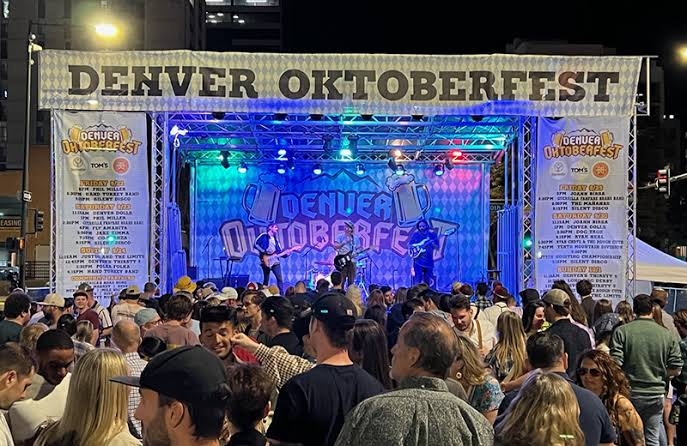
At the same time that the leaves start to change color and a cool autumn breeze begins to blow throughout the United States in the year 2025, a well-known mood of celebration starts to take shape. The time has come for Oktoberfest! Despite the fact that the original celebration in Munich continues to be the benchmark, the United States of America has enthusiastically embraced this Bavarian tradition and has hosted a number of Oktoberfests that are both energetic and authentic. Here are ten of the greatest venues to put on your dirndl or lederhosen and hoist a stein in the year 2025, ranging from large-scale celebrations that span an entire city to intimate get-togethers in quaint village communities:
List Of Top 10 Largest Oktoberfests In USA 2025
1. Oktoberfest Zinzinnati
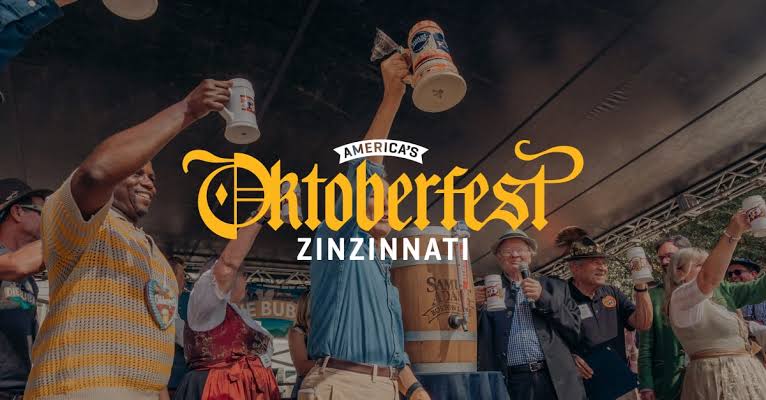
When the cool autumn air begins to blow over the United States, a call that is all too familiar may be heard reverberating through the streets of Cincinnati, Ohio: “O’zapft is!” “It has been tapped!” Each year, Oktoberfest Zinzinnati, which is scheduled to take place from September 18th to September 21st, 2025, is not merely another autumn festival; rather, it boldly asserts that it is the largest Oktoberfest celebration in the United States of America, attracting hundreds of thousands of ardent enthusiasts. Oktoberfest Zinzinnati is head and shoulders above the competition in terms of sheer scope, attendance, and the immersive experience it provides. This is despite the fact that the spirit of Bavarian heritage is embraced in a multitude of locations across the nation. Its claim to be the largest in the United States is supported by attendance estimates that frequently exceed half a million people over the course of its four-day run. This is a monument to the festival’s ongoing appeal as well as the substantial German heritage of the city.
2. Denver Oktoberfest

Since it was first held in 1969, the Denver Oktoberfest has developed into a beloved tradition that is an integral part of the city’s autumn celebrations. When it first began, Oktoberfest was a rather small gathering. However, it has since expanded to become one of the largest and longest-running celebrations of Oktoberfest in the United States, drawing in hundreds of thousands of guests each year. Despite the fact that Denver maintains the fundamental aspects of the German culture, such as beer, food, and Gemutlichkeit (which translates to “cozy conviviality”), the city also incorporates its own vivid and frequently eccentric characteristics into the mix.
3. Helen, Georgia
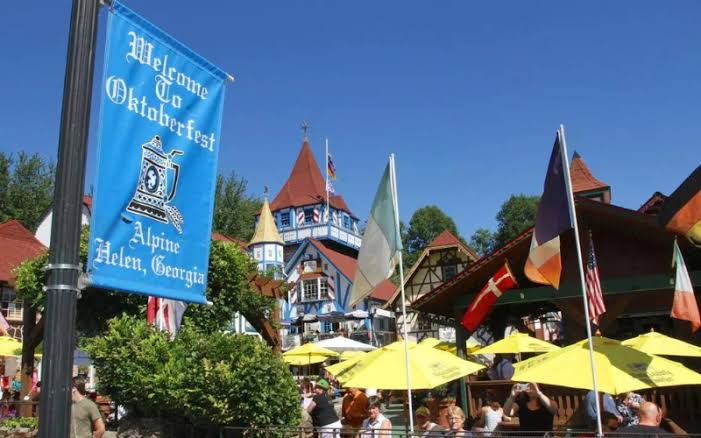
Helen is a charming hamlet that can be found in the Blue Ridge Mountains of Northeast Georgia, about a picturesque hour and a half drive north of Atlanta. It is located in the same region as the Blue Ridge Mountains. Cobblestone streets, gingerbread-style architecture, and a vibrant German spirit that permeates the air year-round, reaching its peak during its famous Oktoberfest celebrations are all features that can be found in this one-of-a-kind destination, which is not just another dot on the map but rather a deliberate and successful transformation into an authentic-looking Bavarian alpine village.
4. Cincinnati, Ohio
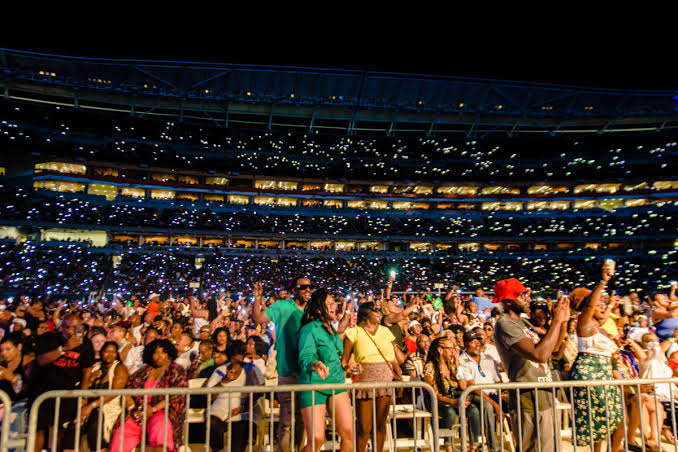
In 2025, the cultural landscape in Cincinnati is one that is both lively and diversified. Cincinnati is home to the Cincinnati Opera, which is the second oldest in the United States, the Cincinnati Symphony Orchestra, which is the fifth oldest, and the Cincinnati Ballet, all of which contribute to the city’s wealth of history in the performing arts. Broadway plays and other major performances are performed in the Aronoff Center for the Arts, while the Cincinnati Shakespeare Company provides more intimate theater experiences for its audience members.
5. Fredericksburg, Texas
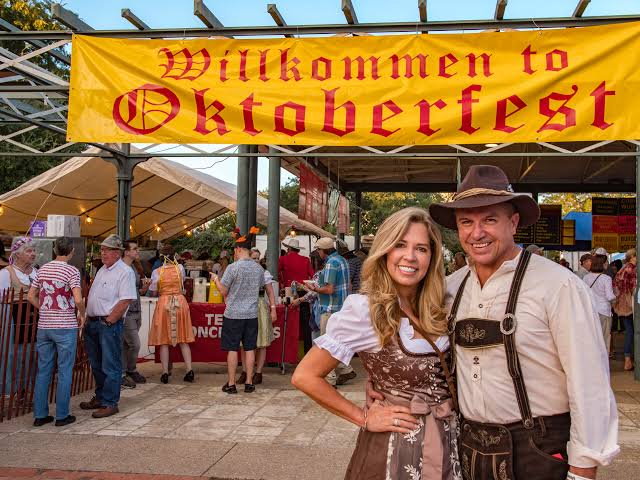
The one-of-a-kind and mesmerizing town of Fredericksburg can be found tucked away in the center of the Texas Hill Country, roughly 70 miles to the north of San Antonio and 80 miles to the west of Austin. Having been established in 1846 by German immigrants, this delightful hamlet in 2025 proudly displays its historical past through its distinctive architecture, busy Main Street, delectable cuisine, and lively annual festivals, all while embracing the independent spirit that Texas is known for.
6. La Crosse, Wisconsin

There is a strong connection between the waterways of La Crosse and the city’s history. As French fur traders navigated the Mississippi River in the 17th century, they were the first Europeans to come across the region. They named it “Prairie La Crosse” after the stickball game that was played by the Native American tribes. Fur trader Nathan Myrick, however, did not create the first permanent white community until the year 1841. This was the year that the settlement was established. Because of its advantageous location at the junction of three rivers, La Crosse was rapidly transformed into an important transportation and industrial hub shortly after it was established. Logs from the interior of Wisconsin were floated down the Black River to sawmills at La Crosse to promote the growth of the timber industry. The advent of steamboats in the middle of the 19th century brought waves of immigrants and made it possible for the lumber industry to flourish. Additionally, the city developed into a big brewing hub, and at one point it even took the lead in beer production among other cities in the state of Wisconsin. La Crosse was able to adjust and develop into a center for education and diverse industries despite the fact that the boom in the lumber industry finally ended.
7. Leavenworth, Washington

Imagine entering a picturesque Bavarian mountain village, complete with buildings designed in the manner of gingerbread, window boxes brimming with flowers, and the sounds of oompah music floating through the air. Leavenworth, Washington, is a one-of-a-kind and intriguing town that is located in the eastern foothills of the Cascade Mountains. Although you would imagine yourself in Germany, however, this picture-perfect scenario actually takes place in Leavenworth. In the year 2025, Leavenworth continues to captivate tourists with its Bavarian concept, which has been carefully and thoughtfully constructed. This theme provides a taste of Germany in the midst of the breathtaking natural splendor of the surrounding Pacific Northwest.
8. New Ulm Oktoberfest
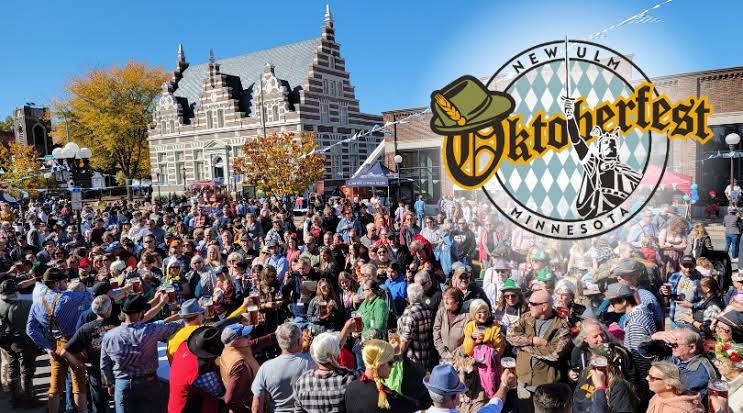
In the center of southern Minnesota, where German tradition is deeply ingrained, the city of New Ulm is getting ready to once again play home to one of the most genuine and well-liked Oktoberfest celebrations in the United States. The lovely streets and historic venues of New Ulm will come to life with the sights, sounds, and tastes of Bavaria for two full weekends in the month of October. This will provide a genuine “Gemütlichkeit” that will keep visitors coming back year after year.
9. Big Bear Lake Oktoberfest
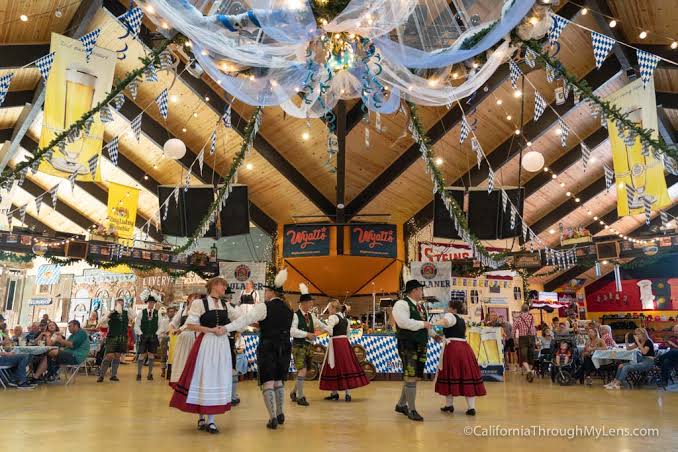
Little Bear Lake Oktoberfest has come a long way since its humble beginnings in 1969, when it was established by Hans and Erika Bandow, who were immigrants from Germany. Today, it is considered to be one of the largest and most authentic Oktoberfests on the West Coast. A celebration that began as a simple gathering to express gratitude to locals and guests of their Bavarian Lodge has grown into a multi-weekend event that draws thousands of people to the Big Bear Lake Convention Center. The crispness of the mountain air contributes to the celebrations, strengthening the sense of a genuine Bavarian “Gemutlichkeit” (which literally translates to “cozy conviviality”).
10. Denver, Colorado

In 1858, the Pike’s Peak Gold Rush began, which attracted large numbers of prospectors who were hoping to strike it big. This event marked the beginning of Denver’s tale. The intersection of the South Platte River and Cherry Creek served as the focal point for a number of early communities, which eventually merged together to become Denver City, which was named after James W. Denver, the governor of the Kansas Territorial Government. The city’s position as the economic and cultural heart of the broad Front Range was cemented by its strategic location as a transportation hub, notably with the introduction of the railroad in the year 1870. In the year 2025, relics of this past can be discovered in the exquisitely preserved Victorian architecture of Larimer Square, which is the oldest block in Denver, as well as in the perfectly renovated Denver Union Station, which is now a bustling hub of restaurants, stores, and transit. History aficionados can delve deeper into the state’s rich past by visiting the History Colorado Center, which explores the state’s history, or they can take a tour of the Colorado State Capitol Building, which is a distinctive landmark with its golden dome.





